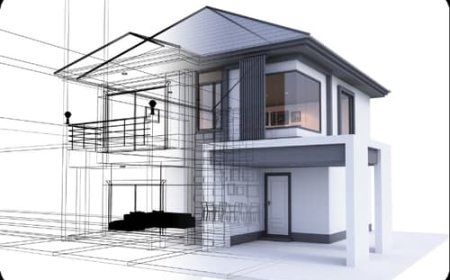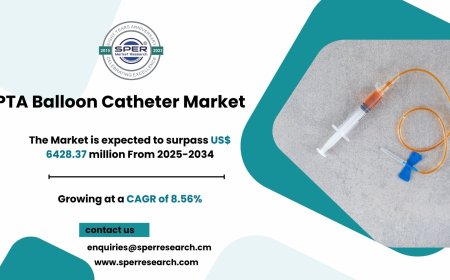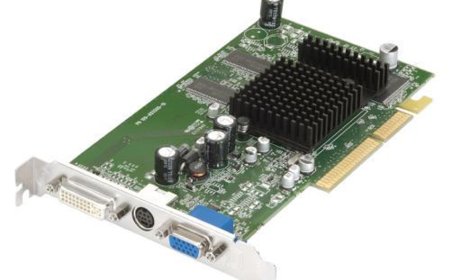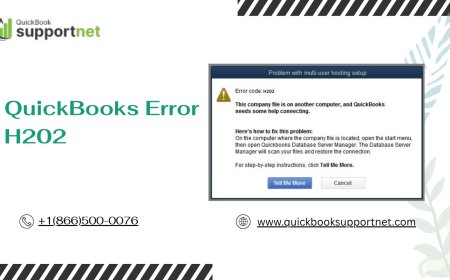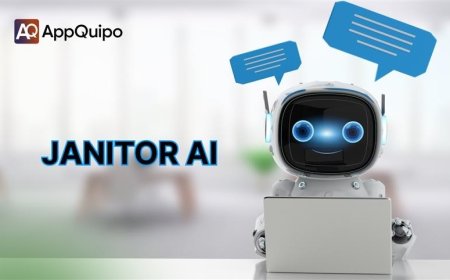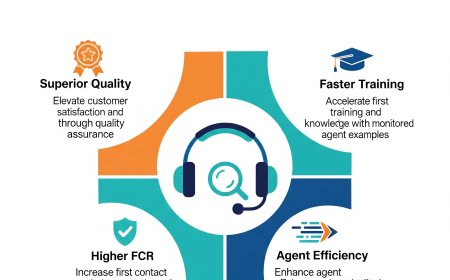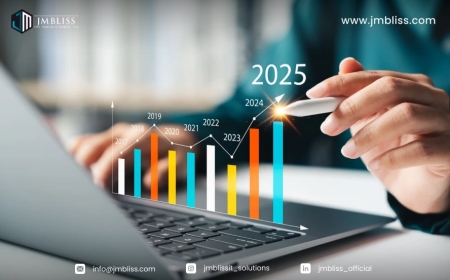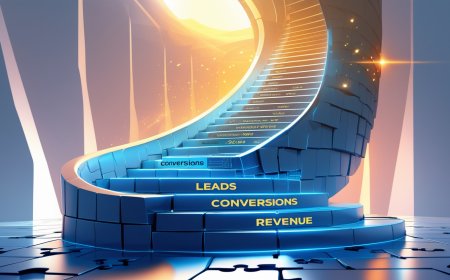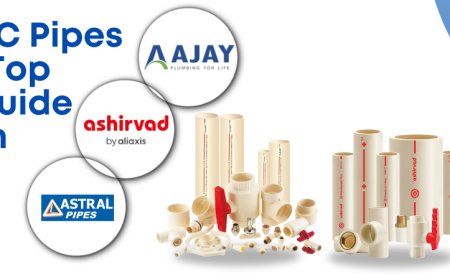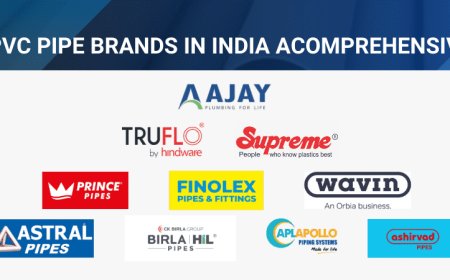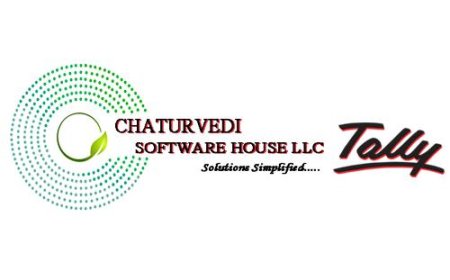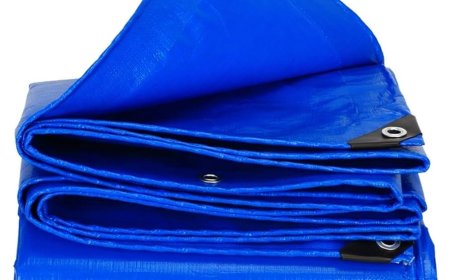Comprehensive Guide to Encoder Repair: Restore Precision and Performance
This guide provides in-depth insights into encoder repair, ensuring that you can quickly diagnose issues, restore functionality, and optimize system performance.

encoder repairare critical components in a wide range of industrial, robotic, and automation systems. They convert motion into an electrical signal that can be interpreted by control devices such as PLCs or CNC machines. When an encoder fails, it can bring an entire production line to a standstill.
Understanding the Function of an Encoder
Anencoderis a sensor that provides feedback on position, speed, and direction by converting mechanical motion into readable signals. There are two primary types:
-
Incremental Encoders Output pulses relative to movement.
-
Absolute Encoders Provide a unique position value for every shaft angle.
They are used inconveyor systems, robotics, elevators, CNC machines, printers, and servo motors.
Common Signs of Encoder Failure
Recognizing encoder issues early can preventsystem downtimesandcostly repairs. Key symptoms include:
-
Erratic motion or positioning
-
Loss of feedback signal
-
Inaccurate speed readings
-
Motor stalling or vibration
-
Error messages on control systems
Failure can be due to environmental factors (dust, oil, temperature), electrical interference, mechanical damage, or component aging.
Essential Encoder Repair Tools and Equipment
Before starting any repair, equip your workspace with:
-
Multimeter or Oscilloscope For testing signal output.
-
Cleaning tools Alcohol wipes, soft brushes.
-
Screwdrivers and hex tools For opening encoder housing.
-
Replacement parts Bearings, seals, PCBs, cable connectors.
-
ESD protection Wrist straps or ESD-safe mats.
Having the right tools ensuresefficient diagnosis and repairwithout causing further damage.
Step-by-Step Encoder Repair Procedure
1. Initial Inspection and Diagnosis
Start with avisual check:
-
Inspect forcracked housings,loose connectors, orcontamination.
-
Test the encoder output using amultimeteroroscilloscope.
-
Examine thecable for cuts or wear, and the connector pins for corrosion or misalignment.
2. Cleaning the Encoder Internals
Contamination is a common cause of failure. To clean:
-
Gentlydisassemble the housingusing proper tools.
-
Useisopropyl alcoholand a soft brush to clean optical discs, sensors, and PCB.
-
Avoid touching the optical elements directly.
3. Repairing or Replacing Components
Depending on the diagnosis:
-
Replace damaged bearingsto ensure smooth shaft rotation.
-
Solder broken tracesor replace burned-out components on the PCB.
-
Installnew seals or O-ringsif damaged to maintain IP rating.
If the optical or magnetic sensor is defective, consider replacing the entire encoder if repair is not cost-effective.
4. Cable and Connector Restoration
Signal issues often stem from poor connections. Repair steps include:
-
Replace frayed or damaged cables.
-
Crimp new connectors using compatible tools.
-
ApplyEMI shieldingif the encoder is located in high-interference environments.
Testing the Repaired Encoder
Once repairs are complete:
-
Reassemble the encoder and connect it to atest rig or the original system.
-
Verifysignal integrity, correctoutput waveform, androtational accuracy.
-
Test underreal operating conditionsto ensure stability and reliability.
Run diagnostic software if available to checkencoder counts per revolution (CPR)and communication with control units.
Preventive Maintenance Tips for Encoders
To extend encoder lifespan and reduce failures:
-
Clean encoders regularly, especially in dusty or oily environments.
-
Secure cables properlyto avoid vibration and tension stress.
-
Keep encodersaway from sources of EMIlike VFDs or large motors.
-
Periodicallycheck bearing conditionandmounting alignment.
-
Usesealed or IP-rated encodersin hostile environments.
When to Consider Professional Encoder Repair Services
Certain complex repairs or calibration processes may requirespecialized equipment or expertise. Opt for professional services when:
-
The encoder usescustom firmware or proprietary communication.
-
There isextensive internal damagebeyond component-level repair.
-
You requirequick turnaround timeswithcertified testing.
Professional encoder repair centers provide:
-
Failure analysis reports
-
OEM-quality parts
-
Bench testing and calibration
-
Warranty-backed service
Benefits of Timely Encoder Repairs
Investing in proper encoder maintenance and repairs offers long-term advantages:
-
Reduced downtime
-
Increased equipment lifespan
-
Enhanced precision and accuracy
-
Improved safety in motion systems
-
Cost savings over full replacement
Top Encoder Brands That Are Commonly Repaired
Many industrial sectors rely on high-end encoders. Brands often serviced include:
-
Heidenhain
-
Renishaw
-
BEI Sensors
-
Dynapar
-
Baumer
-
Sick
-
Autonics
-
Omron
Ensure youre using genuine parts or OEM-specified replacements for these brands to maintain system integrity.
How to Source Encoder Parts and Repair Kits
Sourcing high-quality parts is essential for durable repairs. Look for:
-
Authorized distributors
-
Manufacturer-direct online stores
-
Industrial surplus resellerswith verified inventory
-
Custom part fabricators(especially for rare models)
Always verifymodel numbers, pinouts, and CPR valueswhen ordering parts.
Encoder Retrofit and Upgrade Options
If an encoder is obsolete or repeatedly failing, consider upgrading to:
-
Higher resolution encoders
-
Models with better environmental protection
-
Digital encoders with diagnostics
-
Wireless or non-contact encoders
This not only restores functionality butmodernizes the system, improving efficiency and remote monitoring.
Conclusion
encoder repairis a cost-effective, sustainable solution to restore precision and minimize system downtime. By following best practices for diagnosis, cleaning, component replacement, and preventive care, you can ensure your machinery remains productive and reliable.
Follow Us More Links:-
Follow Us On Facebook:-https://www.facebook.com/synchronics
Follow Us On Instagram:-https://www.instagram.com/synchronicselectronics/
Follow Us On Linkedin:-https://in.linkedin.com/company/synchronics
Follow Us On Twitter:-https://x.com/synchronics
Add:-4th Floor, Lotus Enora, Opp. Rutu Villa Bunglows, 24 Mt. Main Road, New Alkapuri, Gotri, Vadodara 390 021, Gujarat (INDIA)
Call Us :-+91-704-308-4455 || +91-704-309-4455 || +91-265-400-1555 || +91-265-356-1183
Email Us:- email@synchronics.co.in













